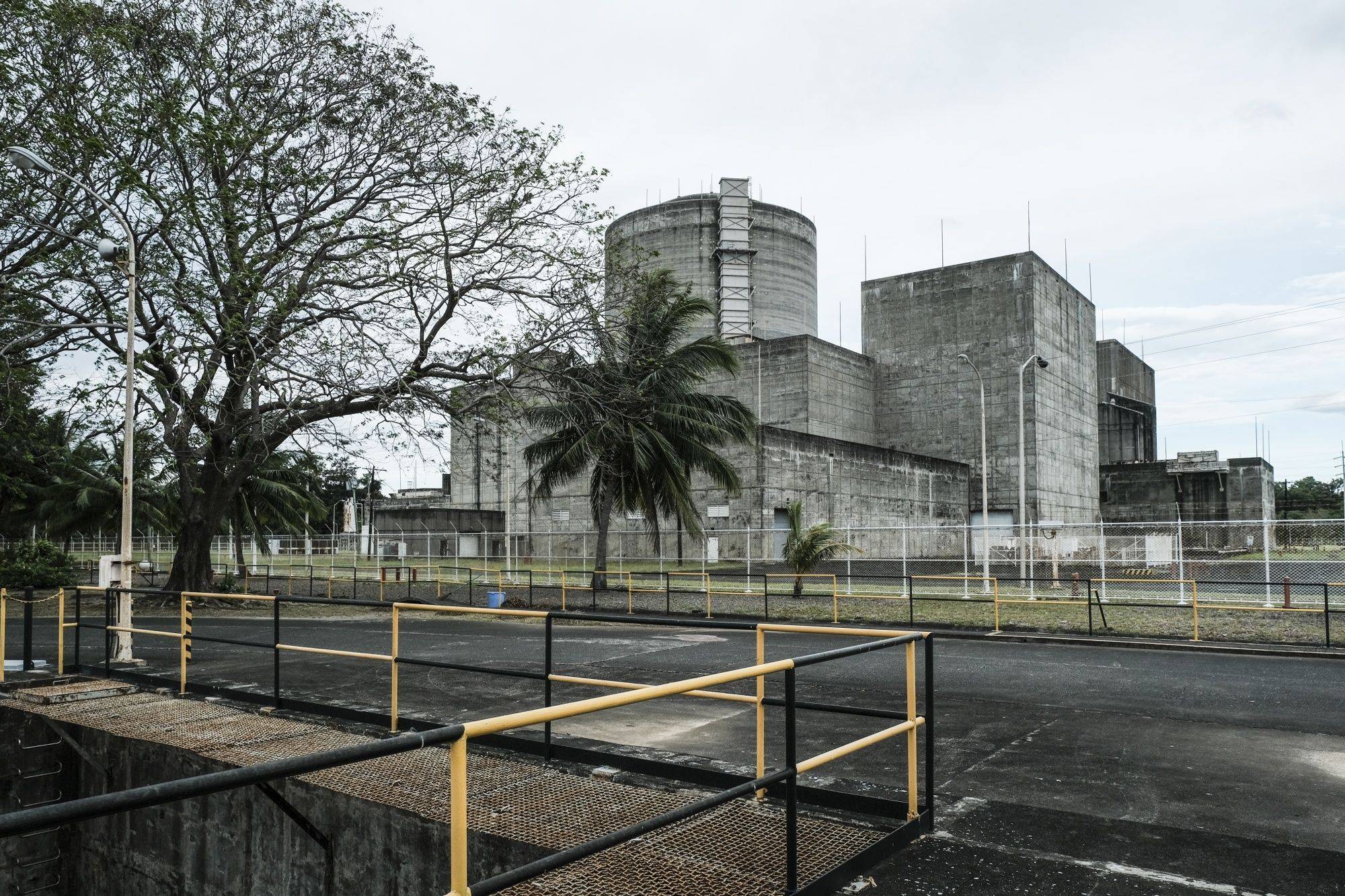A nuclear power plant on the Philippines’ western coast has sat idle for nearly four decades, costing billions of dollars and never producing a watt of electricity. Now, it’s at the center of debate over whether the nation should finally adopt atomic energy.
Dictator Ferdinand Marcos ordered construction of the 620-megawatt Bataan facility in response to the oil shock in the 1970s, the first and only one of its kind in Southeast Asia. Beset with safety concerns and corruption allegations, the completed project was ultimately mothballed after Marcos was ousted in 1986. The six presidents who followed all decided against commissioning it, deterred by nuclear disasters, local politics and court cases.
But with the former strongman’s son Ferdinand Marcos Jr. winning the presidency earlier this year, the Philippines is taking another look at restarting the plant — and fulfilling his father’s nuclear ambitions — as the oil-importing nation looks for ways to shield itself from a global energy supply crunch.


















With your current subscription plan you can comment on stories. However, before writing your first comment, please create a display name in the Profile section of your subscriber account page.